
.jpg)
The enslavement, torture, murder, and extermination of the native people of the West Indies followed quickly on the heels of Columbus and his men. It was obvious from Columbus’s journal that the Tainos were not as used to battle and warfare as the Spaniards. Columbus notes that “with 50 men you could subject everyone and make them do what you wished” and that the natives were “such cowards and so fearful” that they were, therefore, easy to rule. This idea was carried back to Europe, setting the tone for the relationship between the natives and the European explorers.
The search for gold was the primary cause for the mistreatment of the native people. On one of Columbus’s later voyages he ordered his men to complete certain tasks to ensure their survival as a colony. His men, however, disliked such hard labor and refused to act. When Columbus returned a few months later to find things worse than when he left, he punished the natives for the failure of his own men. He blamed them for destroying the settlers’ property, stealing their food, and instilling fear. In retaliation for these acts, few—if any—of which had actually occurred, he had his men round up over 1,500 Taino men, women, and children, then forced the Tainos into slavery.
The death and destruction of millions of people and their cultures has led to a lack of evidence about their lives. Researchers have been hard-pressed to find credible and complete relics of the Taino past. The most solid evidence we have which can provide insight into the lives and conditions of the Taino people is from the Spanish. Through Columbus, las Casas, and others historians are able to piece together an often incomplete picture of life on the islands. The recent discoveries of long-forgotten villages in the Antilles have uncovered pieces of pottery, remains of dwellings, zumis, and batey courts which give researchers a first-hand look at Taino life. The other way in which the history of these extinct people can be shared today is through the oral traditions of present-day native people. Although currently no government recognizes an official Taino group, people who say they are descendants of the early Taino are beginning to reclaim their culture. Through the telling and retelling of stories, fables, legends, and myths the customs and cultures of the early Taino and their island brethren live on. It is the legacy of the first inhabitants of the Americas.


































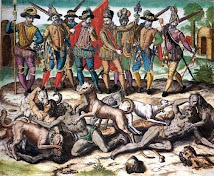

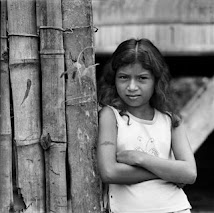

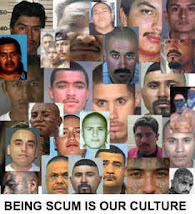.jpg)




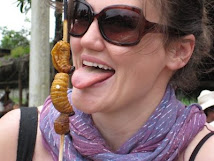

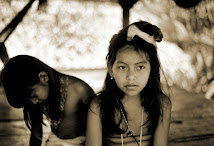.jpg)







No comments:
Post a Comment